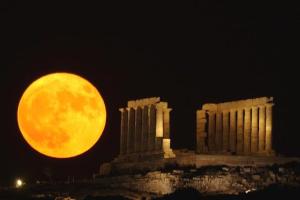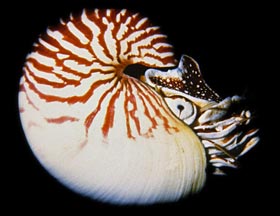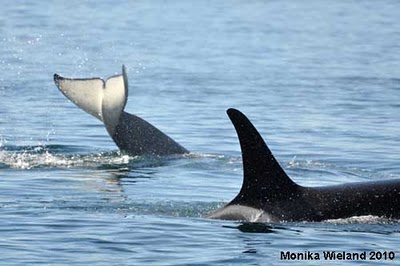 OK, just in case you are playing some pub trivia this summer I want to mention the phenomenons of syzygy and supermoons. In celestial terms, syzygy refers to when three heavenly bodies (for instance the sun, the moon, and the Earth) are aligned. This alignment typically enhances tides to an exceptional level. In marine science, it can also refer to the highest of the high tides during one tidal period.
OK, just in case you are playing some pub trivia this summer I want to mention the phenomenons of syzygy and supermoons. In celestial terms, syzygy refers to when three heavenly bodies (for instance the sun, the moon, and the Earth) are aligned. This alignment typically enhances tides to an exceptional level. In marine science, it can also refer to the highest of the high tides during one tidal period.
Now, on to supermoons. They would be the syzygy when the moon is at its closest approach to the Earth (or, in its perigree).
The image above is from the supermoon this past March. The picture was taken is Egypt (If anyone would like to sponsor a trip for this Beach Chair Scientist to someday visit Egypt please let me know. It is a bucket list trip for my husband and I).














What people are saying …